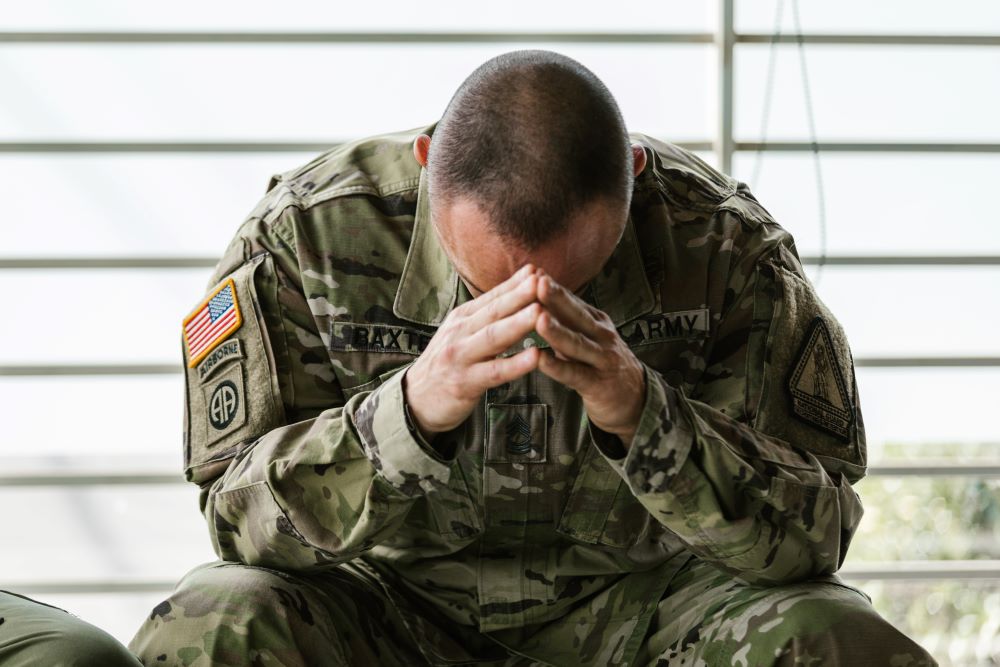Researched shows a specific form of ‘talk therapy’ is best when treating combat-related PTSD.
A new clinical trial tested and concluded that a short and intensive form of ‘talk therapy’ called prolonged exposure therapy is effective in helping combat veterans ease their post-traumatic stress disorder (PTSD). According to the American Psychology Association (APA), PTSD is an anxiety problem that develops in some people after extremely traumatic events, such as combat, crime, an accident, or a natural disaster. However, for the purpose of this study, the target patients were combat veterans because they have been shown to respond poorly to treatment methods targeted at the civilian population. Combat-linked PTSD is only exhibited in combat veterans who have experienced trauma due to active duty service.
The research study didn’t introduce a new therapy technique for combat-linked PTSD but tested a different administration method of the existing treatment technique called prolonged exposure therapy. Prolonged exposure therapy works by having patients confront their fears instead of avoiding them, as is usually the case with trauma patients. Unfortunately, avoidance only reinforces the fear and increases the trauma.
With combat-linked PTSD, patients typically have therapy at least once a week for months. Unfortunately, while this works well enough for civilian PTSD cases, it has poor results for combat veteran patients. In the pre-trial for the research, it was found that about 60% of the patients still exhibited symptoms and met the criteria for combat-linked PTSD even 6 months into their therapy.

For the study, Alan Peterson, a professor of Psychiatry at the University of Texas Health Science Center, tested a compressed form of prolonged exposure therapy. The patients attended therapy sessions every weekday for 3 consecutive weeks. The study involved two groups, one of which included 234 veterans. The first received a 90-minute prolonged exposure therapy during the entire duration. The second group received similar prolonged exposure therapy sessions but had modules where the therapy could be extended to the entire day.
The therapy aims to help the patients stick with treatment. With the increased intensity of the sessions, patients are more devoted and invested, which shows a marked improvement in dealing with their symptoms head on. One of the main hindrances in the treatment of combat-linked PTSD is the lack of commitment and a subsequent increased dropout rate.
The patients showed significant improvement with more than 60% showing reduced trauma after the sessions and maintaining the improvements for 6 months. After 6 months, many of the patients were cleared of their PTSD diagnosis as they no longer met its criteria.
The Warrior Care Network can provide PTSD treatment for free for veterans, which may also include the intensive prolonged exposure therapy that was studied in the trial. While the VA provides PTSD treatment through all its medical centers, this new approach may not be covered by insurance. However, according to Peterson, there shouldn’t be any significant increase in duration of treatment since prolonged exposure therapy is still the key to the technique. The only thing that changes is the treatment’s intensity.
Sources:
3-Week Program Effective in Helping to Ease Combat-Linked PTSD
Treatment for combat-related PTSD advances with method shown to be fast, effective


Join the conversation!